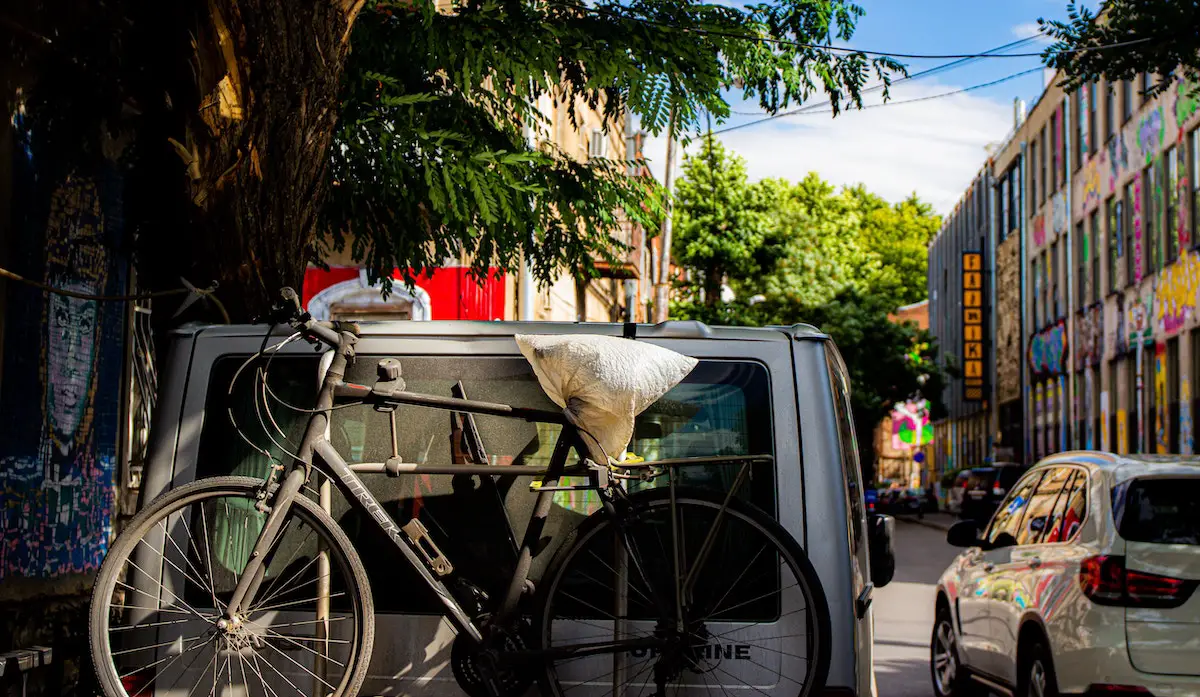A thunderstorm draws in over Nairobi City. Down in Uhuru Park, raindrops begin to dampen the dusty ground. The couples and swathes of youths that, moments ago, had adorned the wide expanses of sunlit grass, now swiftly head for cover under an unassuming grandstand as the city skyline begins to disappear behind sheets of heavy rain. Beneath the canopy, the park-goers gather in excitement as Kenya’s very first generation of skateboarders lace between them, determined to continue a game of ‘S.K.A.T.E.’ despite the downpour. It’s a rare sight; there are only a small number of people who have taken up skateboarding so far in Kenya. Everyone looks on in fascination. Most assume such a phenomenon could only be made possible by some magnetic attraction between shoes and board.
Skateboarding has a now longstanding relationship with most Western cities. By contrast, Nairobi has never seen the likes of such an urban obsession before. So it comes as no surprise that their story of establishing skating culture is turned on it’s head and this mere handful of Kenyan skateboarders are facing an uphill battle of a very different nature to their Western counterparts.
Leo Kilel, chair of The Skateboarding Society of Kenya (SSK) describes the profile of Nairobi’s skatable landscape as being somewhat different from a typical Western city. The architecture remains unaltered by planners and their ‘anti-skateboard ledge caps’ and the presence of skateboarders is tolerated along the well-made sidewalks of the banking and government quarters (places that western skaters dream of riding were it not for the high security synonymous with such ‘public space’).
While the Nairobi skaters would appear to be free of the notoriety associated with skateboarding in European or American cities, Western attitudes are beginning to creep in. Nairobi City Council recently introduced a new by-law banning skateboarding from all pavements, leaving them only with the notoriously dangerous roads to contend with. Curious to think that such a sweeping law should already be in place despite the fact that there are so few skateboarders present in the city, and by far the majority of citizens have never encountered the practice. ‘I don’t know where they got it from’ says Leo, ‘I think they just borrowed some rules from some other country’.
SSK was initiated a year ago with clear aims to unite the scattering of Kenyan skateboarders in solidarity, help the movement gather momentum and achieve some admirable social objectives in the process. Its members recognise the power of skateboarding to transcend boundaries. Leo explains how their parents and grandparents, following the tide of economic advance and urbanisation, were the first to make the life-changing move from countryside to city. Divides between tribal backgrounds have intensified under the close proximity of urban life. Football supporting (particularly of English teams) has a long and popular history in Kenya but has also inherited the bitter tribal politics of previous generations. SSK does not disregard heritage but instead is determined to establish skateboarding as a new form of recreation synonymous with cultural equality and the emergent values of a generation born within the city and eager for positive social change. Despite all this they are struggling for acceptance in Kenyan society.
Beyond imposing Western values, it is perhaps the socio cultural pressures of Kenya itself that pose the greatest threat to the skateboarding movement. In a context where riding a bicycle over the age of 12 is considered childish, their ambitions are often met with painful disapproval from parents and elders. And with youth unemployment reaching ever-greater heights, members of SSK are under increasing pressure to find sponsorship or income through skateboarding for sake of the societal justification of their efforts. Considering the highly competitive nature of the international skateboarding industry, it’s a tall order.
Slowly, however, SSK are negotiating their own spatial autonomy within the city. After a prolonged period of occupation and growing popularity with families, the council eventually handed over a central car park to inline skaters and skateboarders for use on Sundays. And Uhuru park itself, has now become a key gathering point thanks to a mutual relationship formed with it’s caretakers. Ironically, the grandstand is normally reserved for presidential speeches and political rallies. ‘You remember the central platform we were skating across?’ says Leo ‘That’s where the president sits!’ he laughs. It’s clear that they all understand the significance of their insurgent use of this presidential plinth: ‘You saw how it’s painted with the Kenyan flag. So it’s national, it’s for our country. And also it’s for skateboarders. Because we’re part of the country.’ It’s a suitably fitting home turf for a group of citizens truly concerned with shaping the future of their society.
And the importance of this should not be understated: McEvoy-Levy asserts that youth are the ‘key actors’ in peace building, forming ‘the next generation of leaders, facilitators and stakeholders’. But as Nairobi searches for it’s new urban identity, it is evident that the city must first overcome it’s own prejudices, trusting Kenya’s youth to take the reigns and find their own understanding of democracy. Hopes are high as Leo illustrates the unquestionable conviction shared by many of his generation: ‘Eventually they’ll understand we’re doing them a favour when they realise we’re breaking down barriers of tribal hatred.’


